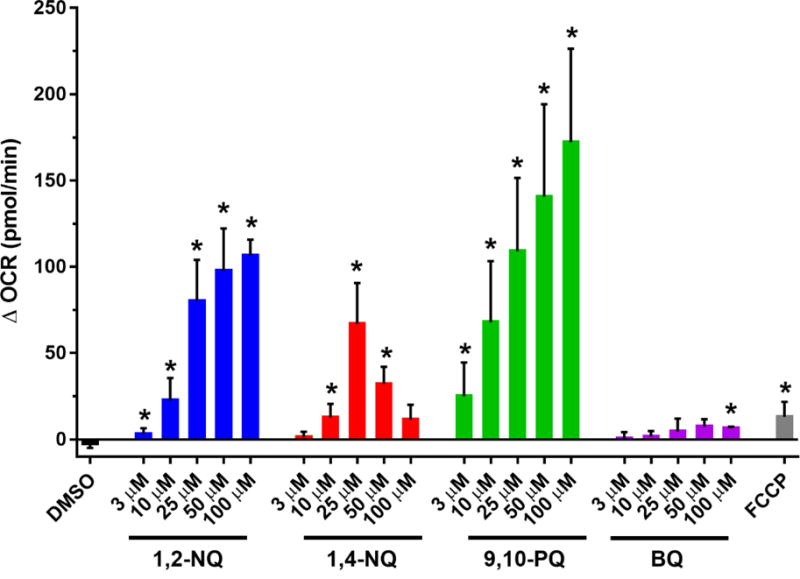Figure 3. Exposure to environmentally relevant redox-cycling quinones increases OCR.

BEAS cells were treated with DMSO (vehicle), the indicated concentrations of 1,2-NQ, 1,4-NQ, 9,10-PQ, BQ, or 0.25 uM FCCP following a baseline OCR collection period of 18 min on the extracellular flux analyzer. Shown is the change in OCR at 6 min of exposure relative to basal value. * indicates the compound-induced OCR is significantly different from baseline OCR (p<0.05). For 1,2-NQ (3-50 uM), n ≥ 11. For 1,4-NQ, n ≥ 7. For 9,10-PQ (3-50 uM), n ≥ 6. For 100 uM of all quinones, n=3. For BQ, n =3. For FCCP, n = 4. Data displayed as mean +/− SEM.
